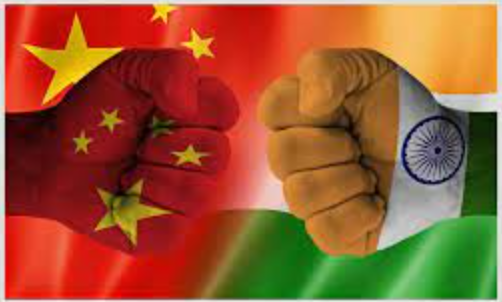The judicious use of self-reliance, grounded in self-confidence, where India engages with the world without insecurity, forms alliances, and leverages democracy and a skilled workforce, is the path through which the China challenge can be addressed.
To buy our online courses: Click Here
China’s military aggression in Ladakh, which continues to date, led many of us to ask: How does India respond to and meet the China challenge? Based on our discussions at the Pune International Centre (with Raghunath Maclear, Vijay Kelkar, Ganesh Natarajan and Ajit Ranade), we have offered Indian policymakers our ideas in a paper titled Strategic Patience and Flexible Policies: How India Can Rise to the China Challenge.
Read More: A transformative moment
In the short-run, India will have to build balancing coalitions with like-minded countries. Quad is one example. There are three groups of countries we can contemplate for such coalitions: Major democracies of the world; countries bordering China; and India’s neighbors. The United States (US), Japan, France, Sri Lanka, Bangladesh and Russia spring to mind. There are roughly 20 such countries. India needs to build deep partnerships with these coalitions of nation-States, going beyond treaties and agreements to forge linkages between peoples and institutions. Education, travel and tourism, cooperation among scientists and innovators need to be nurtured. Good partnerships are grounded in give-and-take, where each country reshapes its domestic policy in ways that are favorable to the other. India will have to rise to this challenge, and go beyond being wedded to a narrow vision of strategic autonomy.
There is a debate about protectionist measures that will harm Chinese exports or investments in India. A significant proportion of those moves are self-defeating. There is a case for three groups of restrictions: Limit companies controlled by the Chinese State from a controlling stake in a hotlist of sensitive infrastructure assets; steer clear of Chinese-controlled technological standards; and block surveillance of Indian persons. India must aim not for a “China less” economy, but for one in which we have “less China”.
Strategic planners in Indian firms need to rethink business plans in the light of these complexities. In some areas, where China-centric sourcing and technological dependence can elevate business risk, a selective retreat from economic engagement with China, and increased emphasis upon the global market, is optimal. In other areas, India can become the dominant alternative to the China-centric supply chains of the past, addressing the desire of global firms to reduce their exposure to China.
A critical element of the journey lies in innovation policy. India needs to match and improve upon China’s achievements in fostering research institutions and intellectuals that inhabit them. By 2047, if we can maintain 8% GDP growth per annum, then India will be a $64-trillion-dollar economy in Purchasing Power Parity (PPP) terms. In the same period, if China grows at 5% per annum, it will be a $86-trillion economy in PPP terms. In other words, the current mismatch will reduce significantly.




